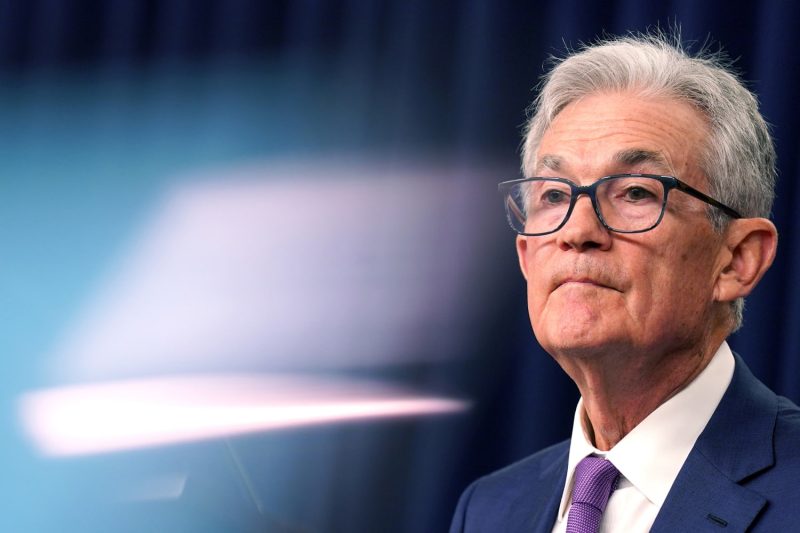The Federal Reserve (Fed) recently made the decision to hold interest rates steady, keeping them at the current range of 2.25% to 2.5%. This move was widely anticipated by market analysts and economists, as the Fed had signaled a pause in rate hikes earlier this year. However, in a notable shift in messaging, the Fed also indicated that it is open to the possibility of a rate cut in the coming months. This shift reflects the Fed’s concerns about slowing economic growth and heightened uncertainty in the global economic environment.
One of the key factors influencing the Fed’s decision to hold rates steady is the current state of the U.S. economy. While the labor market remains strong and inflation is close to the Fed’s target of 2%, there are signs of slowing growth in key sectors such as manufacturing and business investment. This has raised concerns among policymakers about the sustainability of the current economic expansion, which is now the longest on record.
In addition to domestic economic considerations, the Fed is also closely monitoring developments in the global economy. The ongoing trade tensions between the U.S. and China, as well as uncertainties surrounding Brexit and other geopolitical issues, are contributing to a more uncertain economic outlook. These external risks have the potential to spill over into the U.S. economy and impact growth and inflation.
The Fed’s decision to leave rates unchanged but signal a potential rate cut in the future has sparked speculation among investors and economists about the central bank’s next move. Market participants will be closely watching incoming economic data, including indicators of consumer spending, business investment, and inflation, for clues about the direction of monetary policy.
While a rate cut is not guaranteed, the Fed’s willingness to consider such a move underscores the central bank’s commitment to supporting the economic expansion and maintaining price stability. At the same time, policymakers must navigate a complex set of domestic and international challenges that could impact the outlook for the U.S. economy.
In conclusion, the Fed’s decision to hold interest rates steady while leaving the door open to a potential rate cut reflects the delicate balancing act that policymakers face in the current economic environment. By closely monitoring economic data and global developments, the Fed aims to ensure that monetary policy supports sustainable growth and price stability in the United States.
